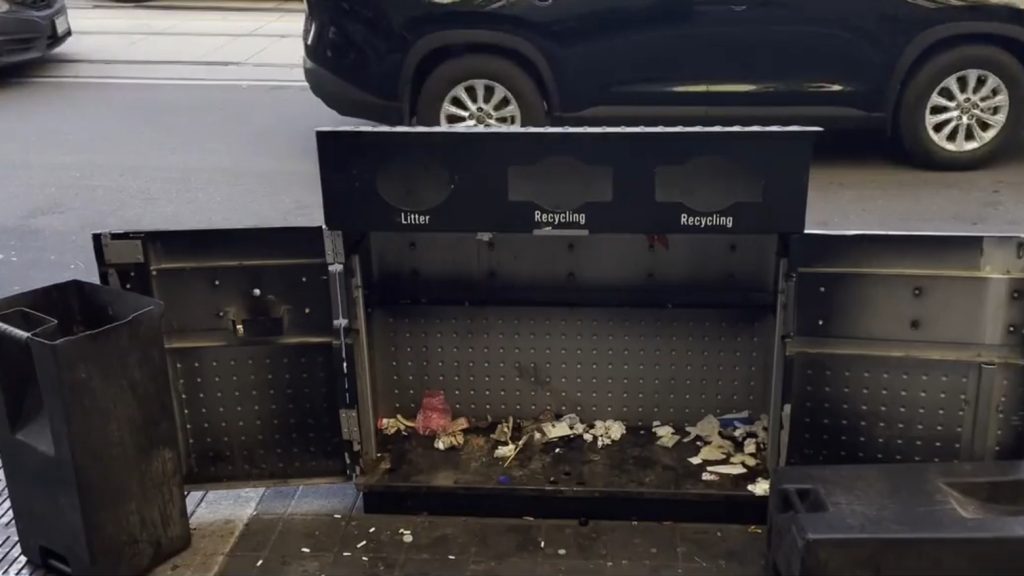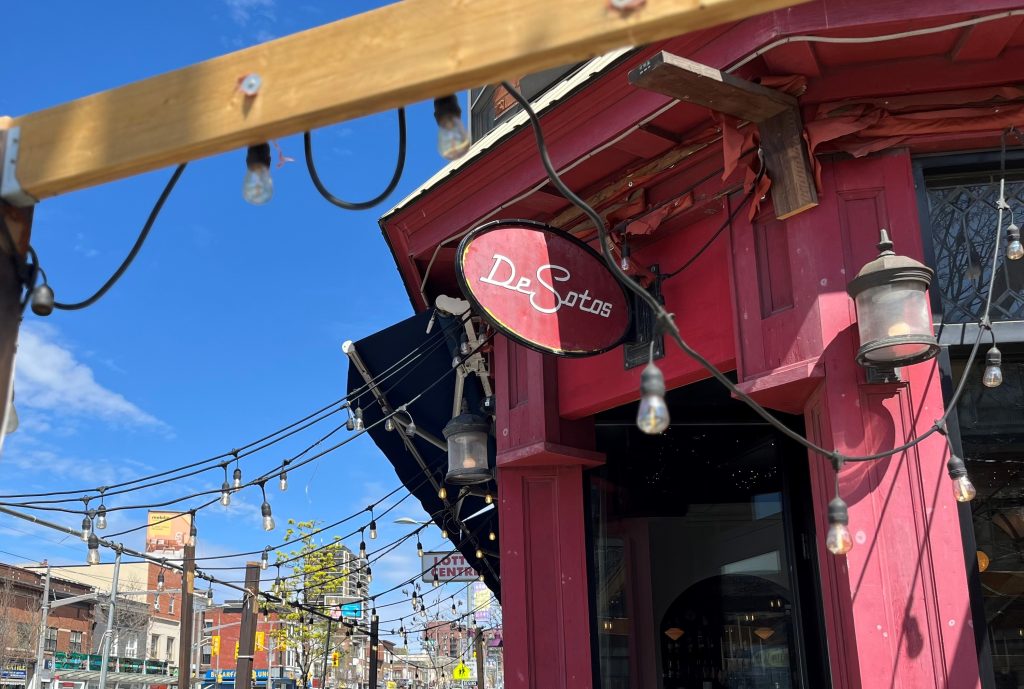What Are The Rules On Public Security Cameras In Ontario?
Posted October 25, 2007 12:00 pm.
This article is more than 5 years old.
It’s been a long time since Allen Funt brought the world the phrase, “Smile! You’re on Candid Camera!” That 60s TV show has given way to a new frontier of hidden picture takers the host of that program could never have dreamed of.
But as the situation with the TTC cameras proves, it’s also raised some worry about just how intrusive the government or the police can be when it comes to keeping you safe. What are the rules about the use of surveillance cameras in Ontario? Here’s what the Information and Privacy Commissioner’s Office says about the where and the when of the omnipresent unblinking eyes.
Where are they necessary in public places?
Only in areas where video surveillance is “necessary to protect public safety, detect or deter, and assist in the investigation of criminal activity.”
What can the cameras look at and what aren’t they allowed to see?
Any space that fits the above definition. They can’t be positioned to look through the windows of another building. And they aren’t allowed to pan, tilt or zoom into anything the areas above don’t cover.
Private spots in public places are off limits, too, like bathrooms and changing areas, or anywhere where’s there’s “a higher expectation of privacy.”
The privacy solons also suggest they should be restricted to the times when crime is most likely to occur instead of just leaving them on all the time.
Should you know about them?
Yep. While you may not be able to avoid them, you should at least be given the option of knowing someone’s watching you. Under the rules, “clearly written signs, prominently displayed at the perimeter of the video surveillance areas,” should be posted to inform you you’re being taped. You should also know what the pictures will be used for and who can see them. And the monitors showing the pictures aren’t supposed to be visible to the public.
Speaking of which, who can see them?
Only authorized personnel, like police or public safety experts. And they can only be used to detect or deter criminal activity. Any other motives are off limits. Each tape needs to be separately labeled and logs kept on who looked at them, when and for how long. And tapes that haven’t been viewed for a specific period of time (about 48-72 hours) should be erased, unless there’s a compelling reason to keep them.
How do they get rid of the old tapes?
They’re supposed to be securely disposed of in a way that ensures no one can retrieve whatever was on them. That can be by magnetically wiping them, shredding them or even burning them. And any wireless cameras have to be fully encrypted so no one can pick up the signal.
How can I tell if they’re being used?
Section 47 of Ontario law and Section 36 of the Municipal Act gives you the right to access your personal information if it’s been collected by a security camera. The only exception – if what you’re looking at would violate someone else’s privacy.










